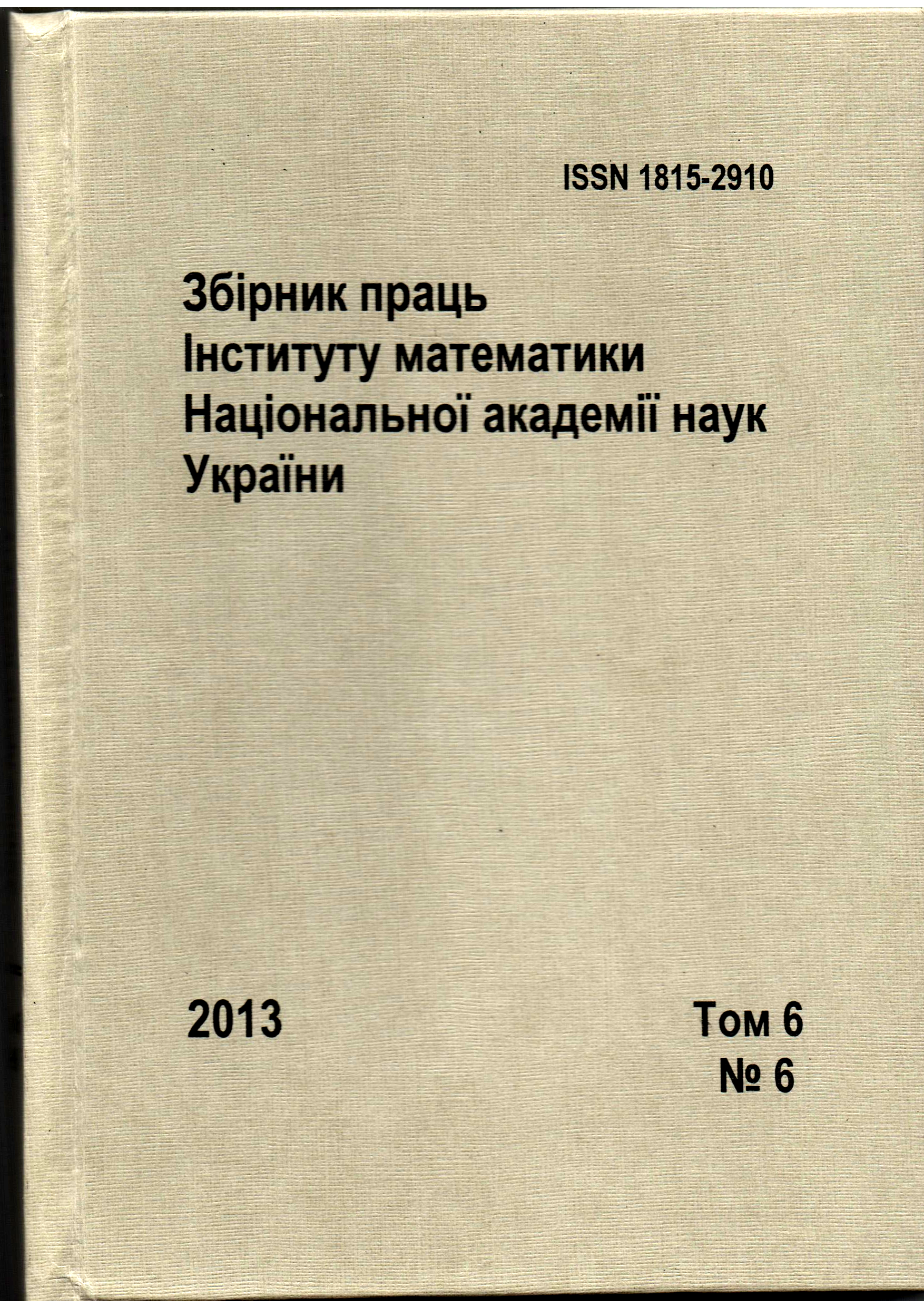The Borsuk-Ulam Theorem for Double Coverings of Seifert Manifolds
Abstract
We study a Borsuk-Ulam type theorem for pairs $(M,\tau)$ with $\tau$ a fixed point free involution of $M$, and such that both $M$ and $N\colon = M/\tau$ are Seifert manifolds. In this note our point of view will be to start with a Seifert manifold $N$. Any non-trivial element $\xi\in H^1(N;Z_2)$ then gives rise to a pair $(M_\xi, \tau_\xi) = (M , \tau) $ with $M$ (necessarily) also a Seifert manifold,
and a double covering $p \colon M \twoheadrightarrow N$, with $\tau$ being the fixed point free involution on $M$ associated to this double covering as the non-trivial deck transformation. We then seek the largest value of $n$, called the $\mathbb{Z}_2$-index of $(M,\tau)$, such that the Borsuk-Ulam property
holds for maps into $\mathbb{R}^n$, i.e. such that for every continuous map $f\colon M\to \mathbb{R}^n$, there is an $x\in M$ such that $f(x)=f(\tau(x))$. In case $M$ is a $3$-manifold (such as a Seifert manifold), the
$\mathbb{Z}_2$-index can take only the values $1,2,3$.

